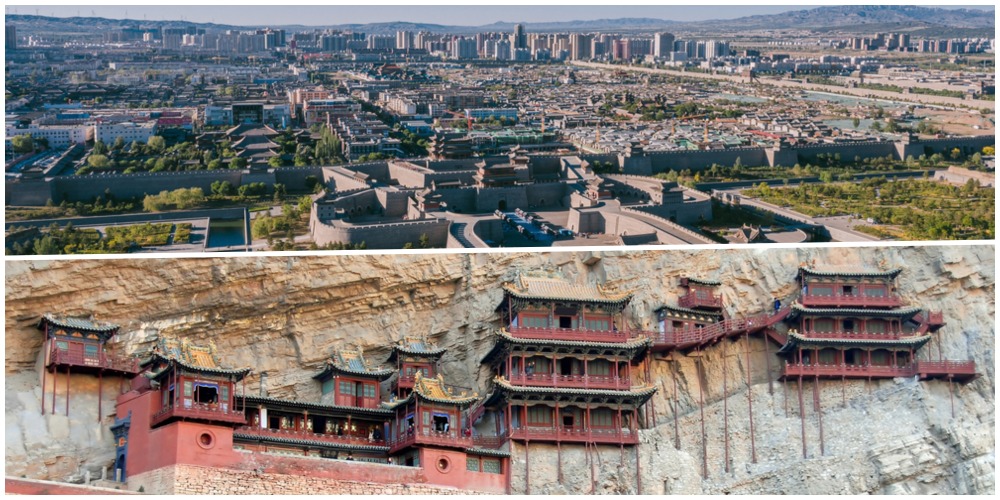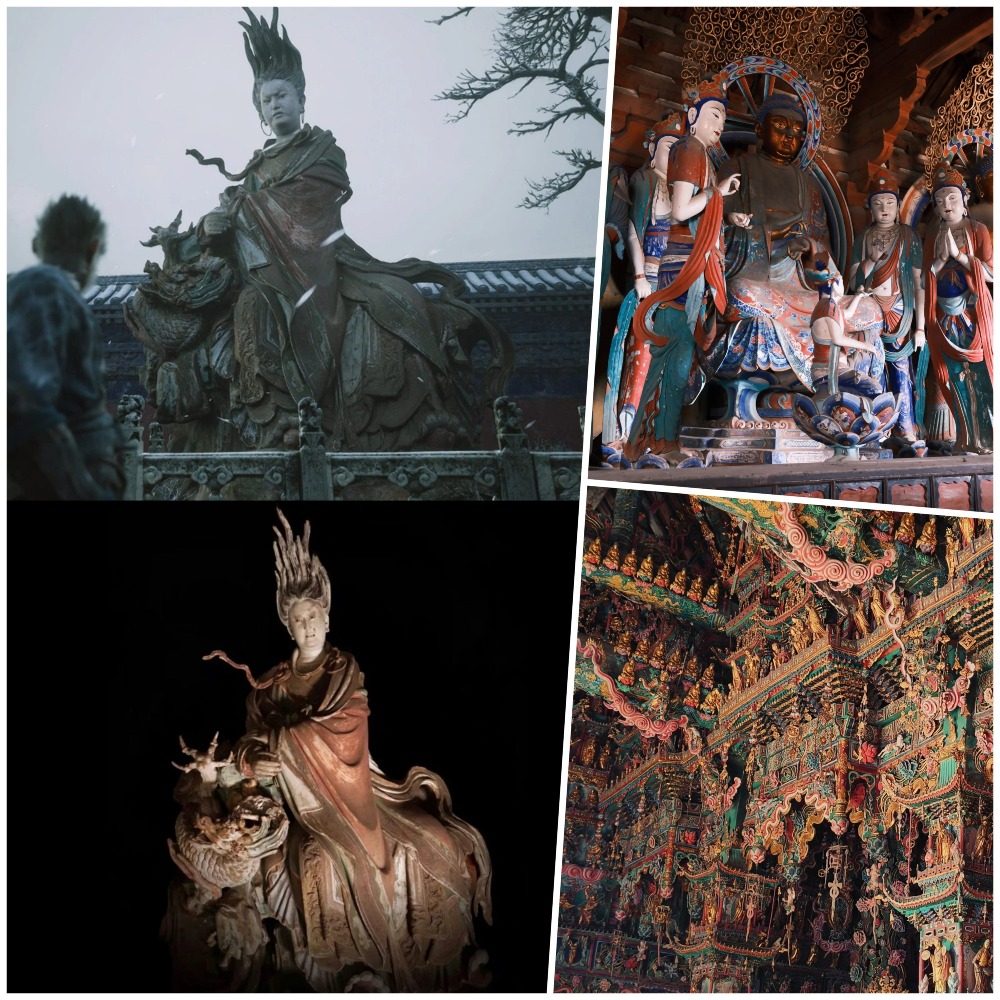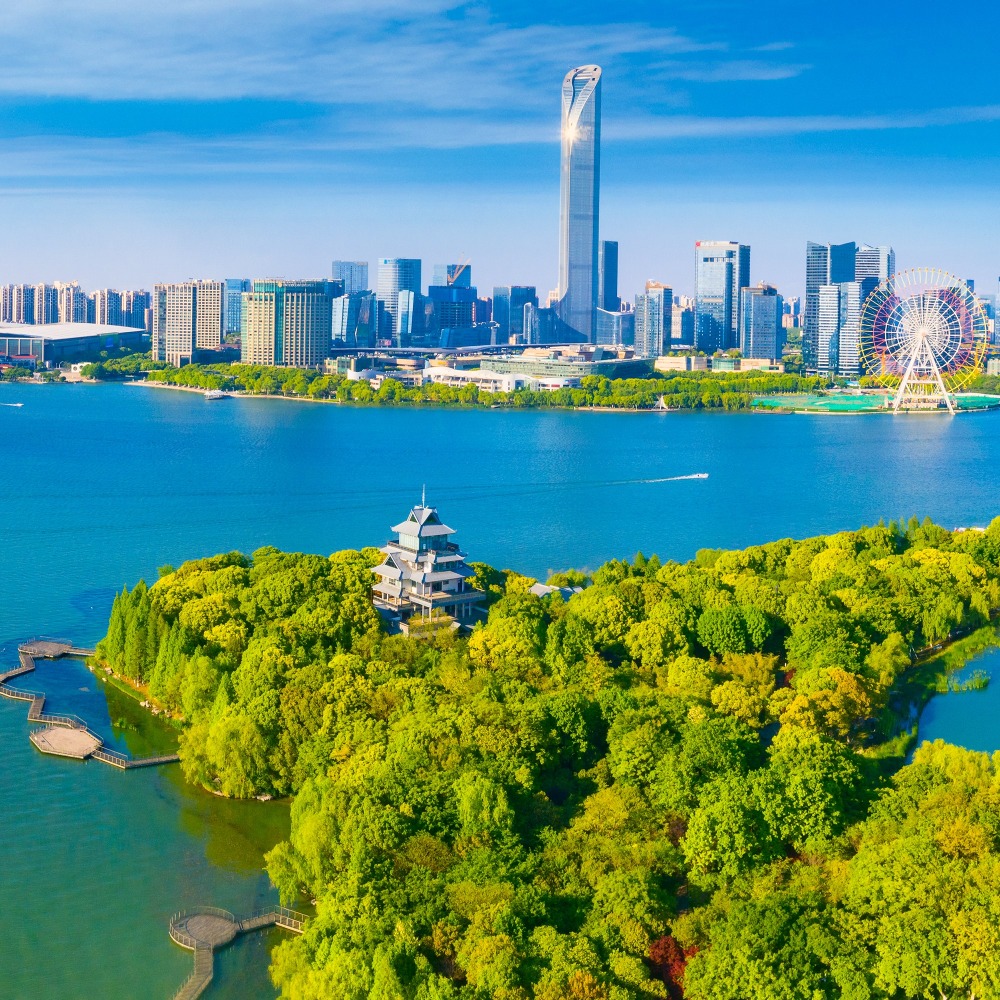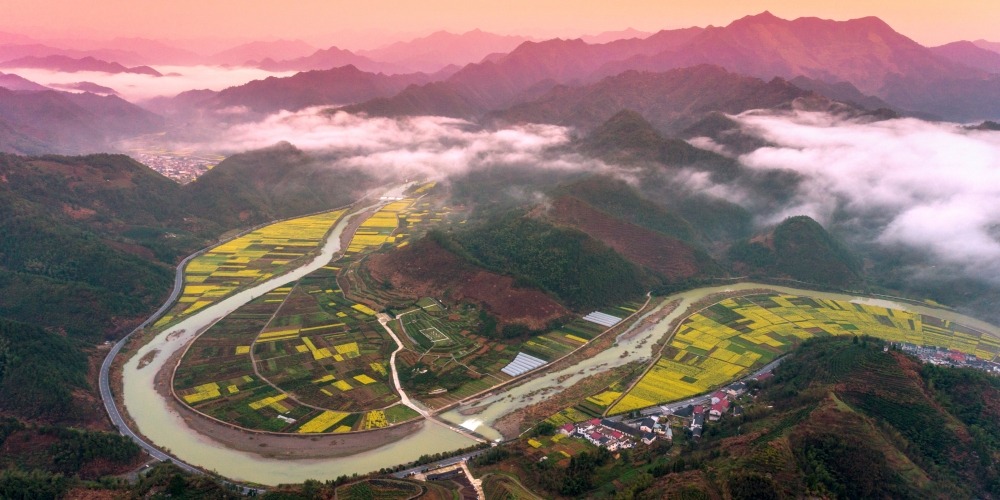Published on : 22/08/2024
Located in North China, the province Shanxi (山西) is renown for its coal industry, and also remarkable natural scenery and rich cultural heritage as well.
It has the Great Wall as her "pillow" and the Yellow River at her feet, and the surging river and the Taihang Mountains sculpt her natural boundaries.
Let's explore the stunning beauty and ancient charm of Shanxi!
Shanxi|Why is it named "Shanxi"?
Many provinces in China get their names from mountains, rivers, lakes, and seas, and Shanxi is no exception. It is called Shanxi because it is to the west of the Taihang Mountains (太行山).
The abbreviation of Shanxi province, "Jin" (晉), actually dates back to the ancient history. During the Spring and Autumn Period (770 B.C.-476 B.C.), most of the province today was the territory of the Jin State (晉國), hence Shanxi is called Jin for short.
Shanxi|Mountainous areas account for 80%
Shanxi Province is located in the middle reaches of the Yellow River, on the eastern wing of the Loess Plateau.
It borders Hebei Province to the east; faces Shanxi and Henan provinces to the west and south respectively, and is adjacent to the Inner Mongolia Autonomous Region to the north.
Looking at the map, a parallelogram extending from the northeast to the southwest outlines the overall topography of Shanxi.
The intrigue of this parallelogram lies in the fact that to the east, the Taihang Mountains serve as a natural barrier;
to the west and south, the mighty Yellow River forms a moat, with large and small rivers permeating the province;
and to the north, the stretch of the Great Wall stands towering.
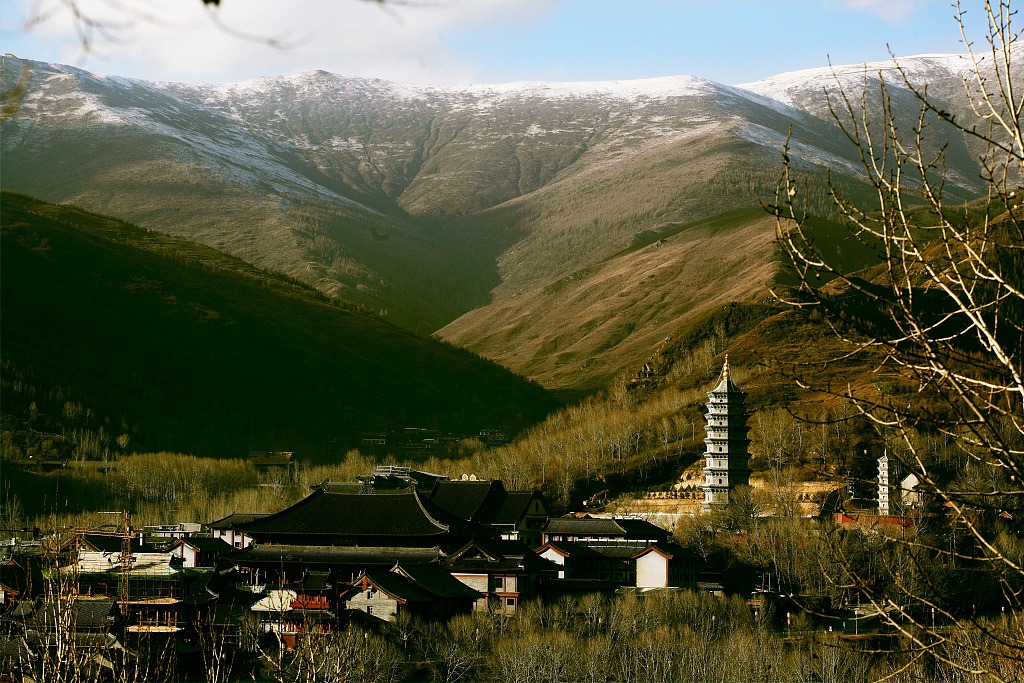
Situated amidst a myriad of mountains, Shanxi naturally has more mountains than rivers. Mountains and hills account for nearly 80% of the total area of the province, and most of the region is at an elevation of over 1,500 metres.
"A river flanked by two mountains" best describes the overall terrain of Shanxi, which descends in height from the northeast to the southwest, with mountains and hills on both the east and west sides.
The Fen River (汾河), flowing from north to south, has carved out a fertile basin resembling a string of pearls; seen from above, it looks like the Chinese character "凹".
To the east are the mountainous terrains formed primarily by the Taihang Mountains; to the west is the Loess Plateau with the Luliang Mountains as its spine. The middle part has undulant hills, crisscrossed with gullies, and plains scattered in between.
Shanxi|Why is it called "Water Tower of North China" ?
Shanxi Province, located in the middle-latitude inland region, enjoys a temperate continental monsoon climate.
Due to its high terrain and the surrounding mountain ranges to the east and south, its temperature is relatively low compared to other areas at the same latitude, averaging between minus 4 and 14 degrees Celsius annually.
At the same time, Shanxi has less rainfall and is distinguished by its large temperature difference between winter and summer, and between day and night.
Its terrain of towering mountains and countless gorges endows Shanxi with numerous rivers. The Yellow River, known as the cradle of Chinese civilisation, stretches along the western and southern boundaries of the province, spanning 965 kilometres.
In addition to the Yellow River system, there is also the Hai River system that flows eastward, including the Yongding River, Daqing River, Ziya River, Zhangwei River, etc.
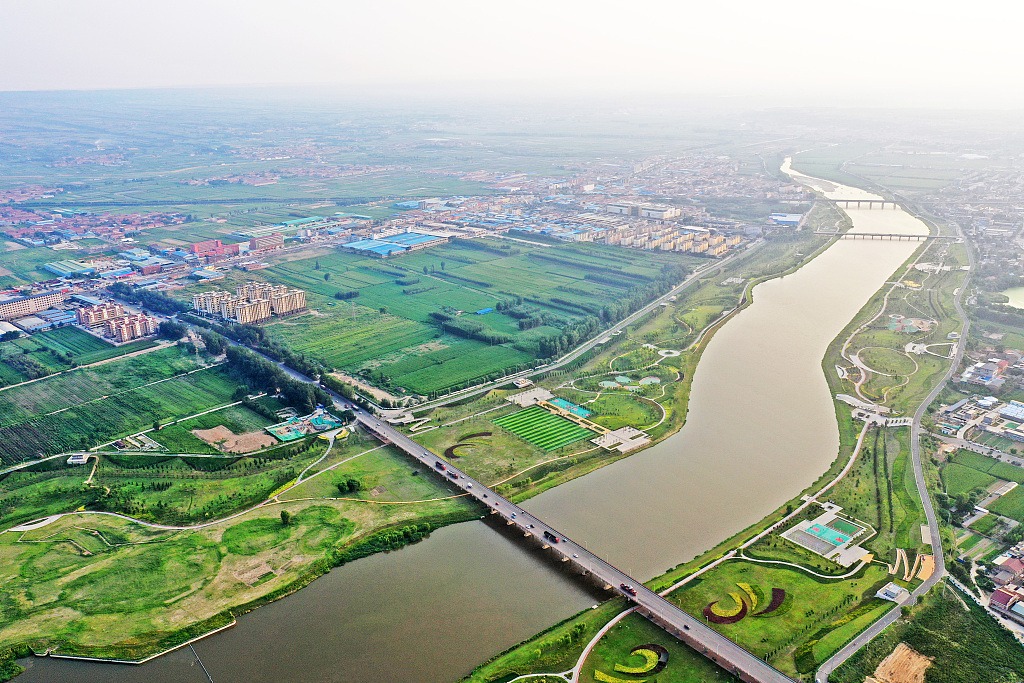
Most rivers in Shanxi originate from the highlands and mountains within the province, which is also where the major tributaries of the Hai River begin. Therefore, it is known as the "Water Tower of North China".
Shanxi|Is all of its population Han Chinese?
Shanxi Province encompasses 11 prefecture-level cities, 26 urban districts, 11 county-level cities and 80 counties.
As of the end of 2022, Shanxi Province has a population of 34.81 million, of which only 0.4% are ethnic minorities other than Han Chinese, making it one of the provinces where the proportion of ethnic minorities is less than one percent (the other seven provinces are Jiangxi, Jiangsu, Shaanxi, Shanghai, Anhui, Shandong, and Zhejiang).
Shanxi|GDP growth rate ranked 6th nationwide, all thanks to coal
According to data at the end of 2022, the GDP of Shanxi Province amounted to 2.56 trillion CNY; in 2022, with a GDP growth rate of 4.4%, Shanxi ranked 6th in the country.
Why was Shanxi's economy able to outpace other provinces during the pandemic? It has much to do with the province's industry.
When it comes to Shanxi, many people's first impression is the limitless grandeur of the "Shanxi Coal Boss".
Indeed, Shanxi is a significant energy province in China, especially a major coal province, accounting for 17.3% of the nation's reserve of resources and ranking third in the country.
It is, therefore, known as the "Sea of Coal in China".
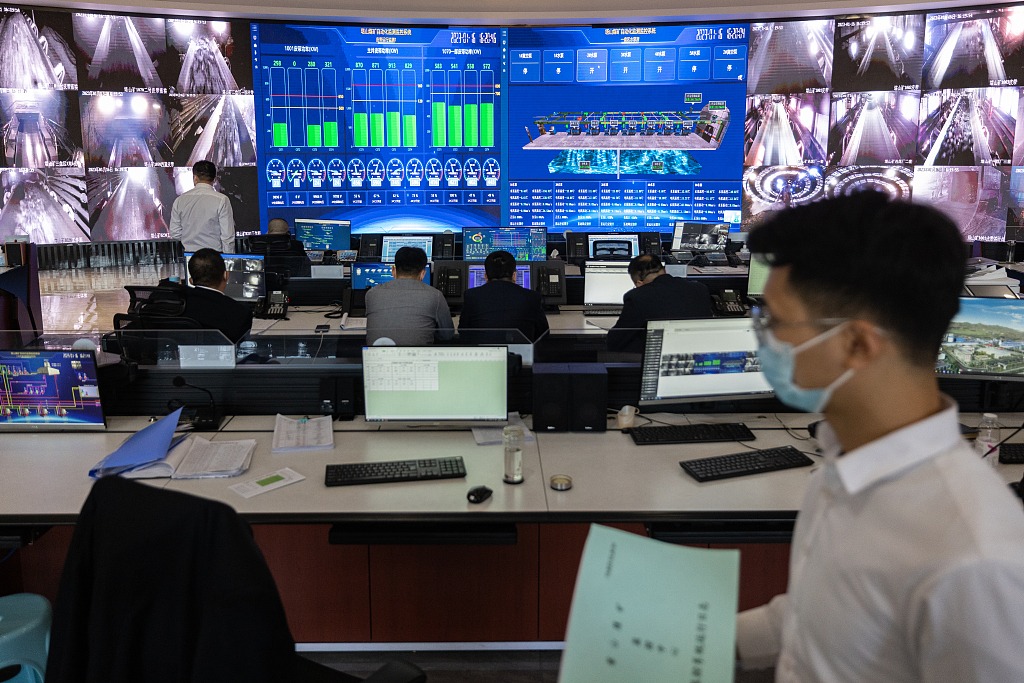
By developing pillar industries such as coal mining and energy, Shanxi's economic development has been steadily rising.
With the increasing demand and prices for raw coal in recent years, Shanxi flourishes in the coal sector, thus driving up the province's GDP growth rate.
In recent years, in line with the country's green development, Shanxi has been actively promoting industrial transformation, overhauling traditional industries such as coal, coke, metallurgy, and electricity, and developing new pillar industries such as coal chemistry, new energy vehicles, equipment manufacturing, and tourism.
The demand for coal has remained stable so the impact during the pandemic has been negligible. Therefore, even in the face of the pandemic, Shanxi has been able to sustain economic growth, outpacing other provinces.
Shanxi|Explore the magnificent Hanging Temple and Hukou Waterfall
Shanxi's breathtaking mountains and waters have nurtured one spectacular scenery after another, attracting numerous tourists every year.
The Hanging Temple (懸空寺) is located in Datong City and was built during the Northern Wei Dynasty (386-534). The entire temple is constructed on a cliff midway up the mountain, supported by 27 wooden beams that hold up the main structures of the temple.
The temple has weathered millennia of wind, frost, snow, and rain, standing unyielding with the distant view of a fairy palace in the sky.
As you slowly ascend the plank road, the stairs and passages, steep and narrow, can only accommodate one person. Like being on the brink of an abyss, every step induces trepidation.
Through every brick and tile, it seems as if one can see the exquisite artistry and wisdom of the ancient Chinese people building this aerial edifice.
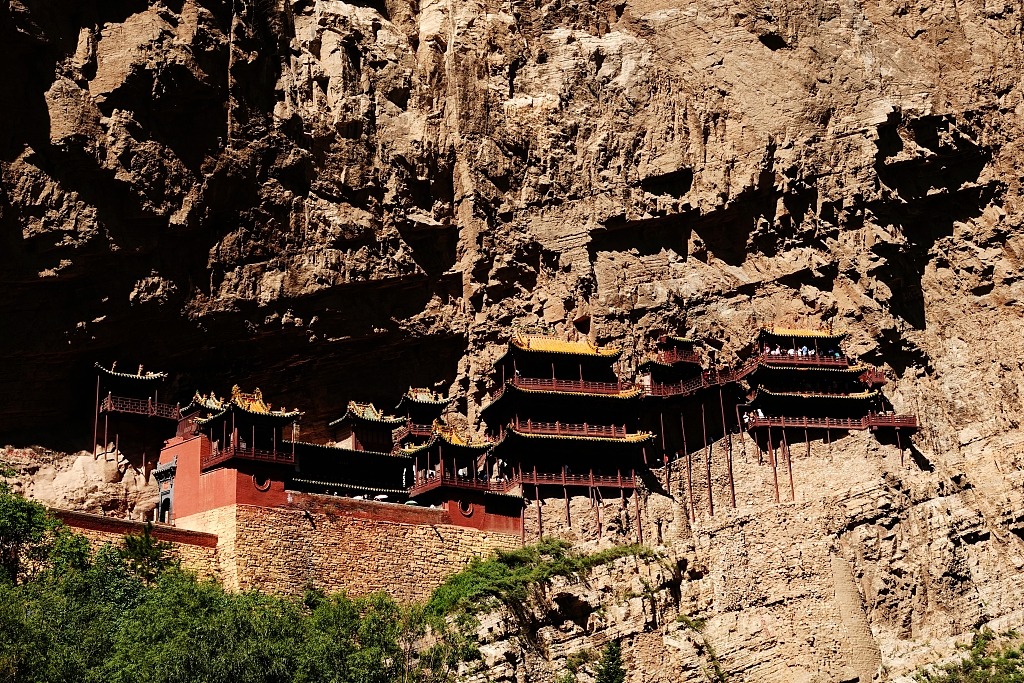
Read more: The thousand-year mystery of the Hanging Temple
The Yellow River originates from Qinghai, and runs winding all the way, becoming violently aggressive when it reaches Hukou. The golden flow of water cascades like a river from the sky, churning and tumbling, forming a white water curtain.
The raging Yellow River, held captive by the mountain valley on both banks, plunges into the deep valley, creating a deafening sound, as if a giant pot is boiling over, looking mighty.
Splashes of water either form misty water vapours or land on the faces of the visitors.
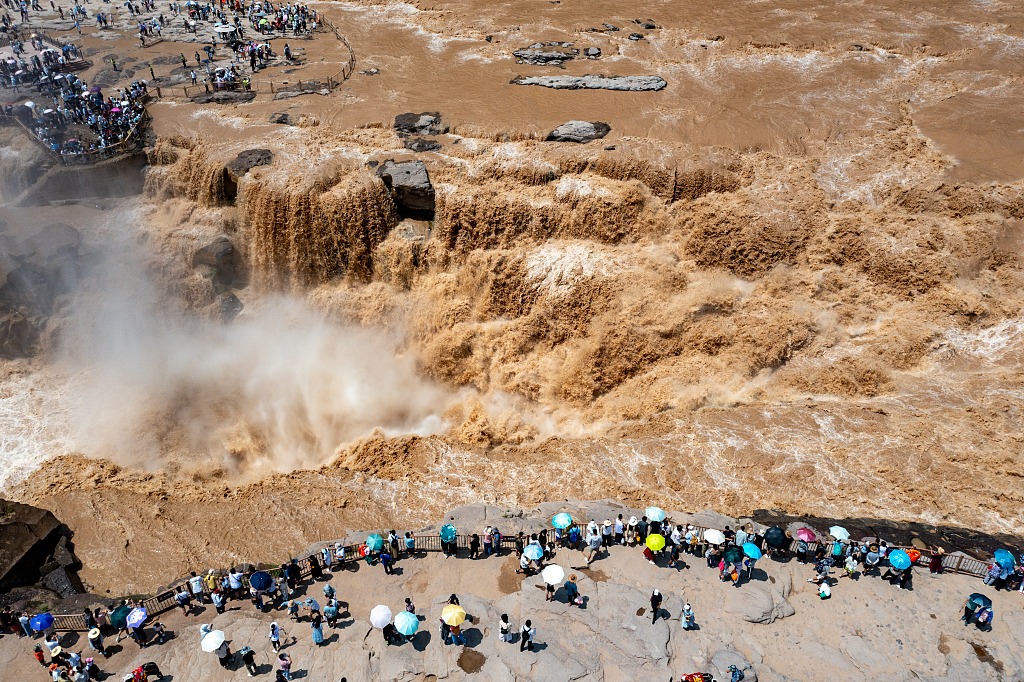
The unstoppable Yellow River is like a symbol of the unyielding spirit of the Chinese nation. Nothing can prevent a long river from flowing to the sea, and the great ocean.
